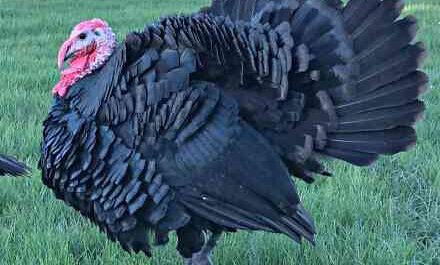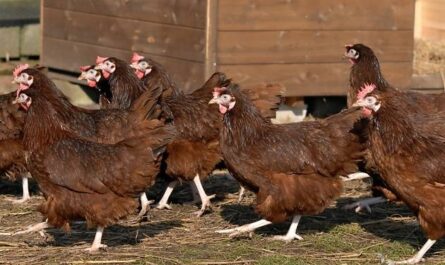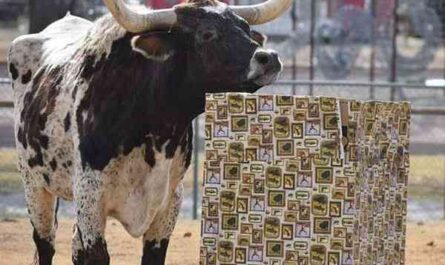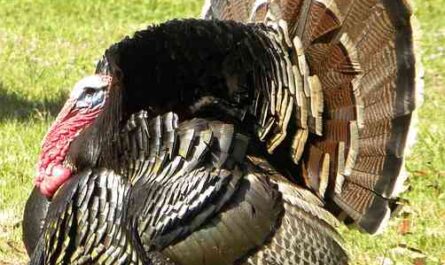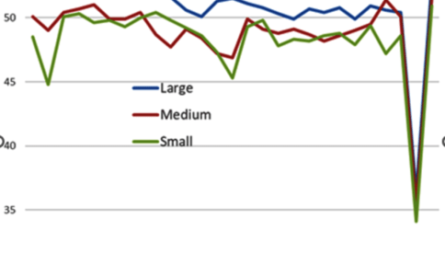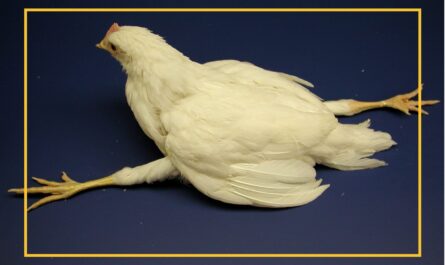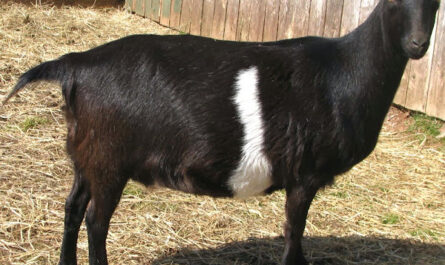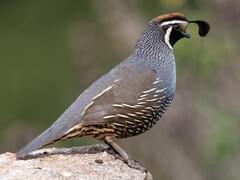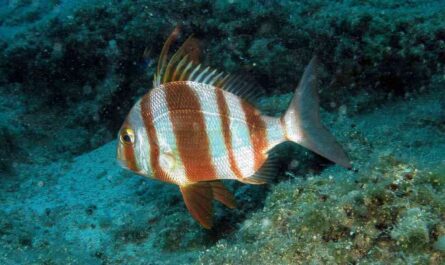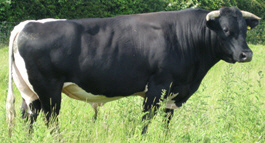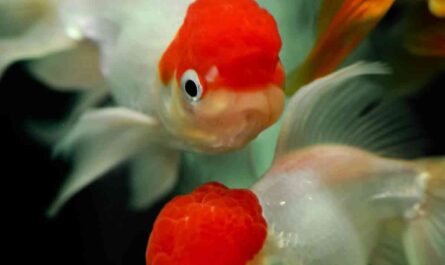The Yellow-striped Scud is a species of small coastal fish in the family Carangidae – horse mackerel and horse mackerel.
This is also known as Yellow-striped trevally, Yellow-striped trevally, Smooth-tailed trevally, Fine-scaled trevally, Fine-scaled trevally etc It is the only representative of its kind Selaroids.
The yellow-striped skud fish is common in the tropical waters of the Indo-West-Pacific region. Its distribution extends from the Persian Gulf in the west to Vanuatu and New Caledonia in the east.
It is a commercially exploited species in some parts of its range. But the fish are not sold in large quantities and there is no observed or expected significant population decline.
There are many marine protected areas around the habitat of the yellow-striped horse mackerel. And it is currently listed as “Least Concern”. However, for more information on this type of fish, read below.
Characteristics of yellow-striped horse mackerel fish
The Yellow Striped Scud Fish is a relatively small species. The body shape is typical of many shutters with an elongated, oblong and compressed body.
Their dorsal and ventral profiles are also curved. On the second half of the eye there is a fairly well-developed oily eyelid. Their dorsal fin is made up of two parts.
The first with 8 spines, and the second with 1 spine and 24-26 soft rays. The anal fin has 2 separate spines followed by 20-23 soft rays. The anal fin and the soft dorsal fin have a scaly basal sheath.
Their chest is entirely covered in scales, with only 40 to 46 gill rakers and 24 vertebrae.
In the case of coloring, the yellow-striped mackerel has a color ranging from metallic blue to blue-green above, and below – to silvery-white with a characteristic wide yellow stripe from the upper edge of the eye to the peduncle caudal.
There is a black opercular macula, protruding and often extending to the shoulder. The pelvic fins are white, the pectoral fins are transparent, and the dorsal and caudal fins are pale to dark yellow.
The total body length of the yellow-striped horse mackerel is about 15 cm, the maximum length is 22 cm.
The maximum recorded weight of an adult fish is 625 grams. Photos and information from Wikipedia.
Diet
Euphausiids, gastropods, and ostracods make up the common diet of the yellow-striped horse mackerel. But they also eat small fish.
reproduction
Female yellow-striped horse mackerel usually reach maturity at a fork length of about 11 cm when they are about a year old or younger.
The breeding season of these fish may vary depending on the locality. India has a long breeding season, with each individual spawning only once a year.
The season extends from July to March with 2 peaks from January to April and from July to October.
Advantages
The yellow striped fish is mainly used for food. It is a very common game fish in Mannar and Polk bays.
Special Notes
The yellow-banded horse mackerel is fished commercially in parts of its range, with between 113,000 and 195,000 t recorded worldwide between 1990 and 2010 t.
Bottom trawls, pots, seines and gillnets are used to catch the fish. The fish is usually sold fresh and salt-dried.
The Yellow-striped Skud is common in tropical and subtropical waters of the Indian and western Pacific oceans.
It is mainly a coastal species. And that usually happens in large benthic shoals on soft substrates.
This fish lives in coastal and shallow shelf waters down to 50 meters deep in Australia, while it has been recorded in Malaysia at depths up to 70 meters.
But most often this fish is found at a depth of 40-60 meters. However, check out the full breed profile of the yellow-striped horse mackerel in the chart below.
video
| Last name | yellow striped scud |
| Kingdom | animal |
| phylum | chords |
| To classify | Actinopterygia |
| order | Periforms |
| A family | scad |
| Gender | Selaroids |
| see | C. leptolepis |
| Binomial name | Selaroides leptolepis |
| Other names | Also known as Yellow-striped trevally, Yellow-striped trevally, Smooth-tailed trevally, Fine-scaled trevally, Fine-scaled trevally etc |
| Purpose of the breed | Mainly food |
| The weight | Can reach 625 grams |
| Special Notes | Important fish species, common in tropical and subtropical waters of the Indian and Western Pacific Oceans, commercially caught in some parts of the range, mainly used for food, usually sold in markets in large quantities, usually sold fresh and dried, mainly coastal fish species |
| Breeding method | Natural |
| climatic tolerance | native climate |
| skin color | Metallic blue to blue-green above, to silvery-white below, with a characteristic broad yellow band from the upper edge of the eye to the caudal peduncle. There is a black opercular macula, protruding and often extending to the shoulder. The pelvic fins are white, the pectoral fins are transparent, and the dorsal and caudal fins are pale to dark yellow. |
| scarcity | general |
| Availablity | India and Western Pacific |


